Ethereum has a scaling problem, and everyone knows it. A huge demand for transactions means that fees are high and regular users are priced out of the market. This is where Polygon comes in.
Polygon is an Ethereum sidechain, and it’s one of the most-promising layer two scaling solutions to date. After the recent price action, lots of people are asking what Polygon is and how the native MATIC token works.
In this post, our own Sam Klemens will answer both questions as we dive into what sets Polygon (and the MATIC coin) apart from the competition, and why the Polygon chain may have just created the next big exchange in the crypto ecosystem.
What is Polygon?
Launched in 2017*, Polygon is an Ethereum-based layer two scaling solution. It uses a Proof of Stake (PoS) consensus mechanism to secure transactions. Transaction data from Polygon is also regularly published to the Ethereum mainchain to guarantee blockchain integrity (ie. to make sure that the information contained in transactions can be verified as true).
Polygon can scale to hundreds or thousands of transactions per second, and because of this, transaction fees on Polygon are significantly cheaper than fees on the Ethereum mainchain.
If you’re technically-minded and would like to read an in-depth explanation of Polygon, the whitepaper is available on Github.
*Polygon was initially referred to as the Matic network and the name may still be used in some circumstances.
How Does Polygon Work?
Polygon is what’s known as a commit chain.
- If someone on Ethereum wants to use Polygon they can lock up ERC20 tokens in a smart contract controlled by the Polygon network
- The Polygon network verifies that the coins are in the smart contract and then mints a corresponding number of tokens on the Polygon network
- The user is given access to the tokens on Polygon and they can use them to interact with any dApps that are built on the network
In summary, a user commits their tokens to Polygon’s smart contract and receives a corresponding number of tokens on the Matic network. If the user wants to exit the network Polygon burns their tokens. Once the Polygon tokens have been burned, the smart contract on Ethereum releases the user’s Ethereum based tokens and the transition from Polygon to Ethereum is complete.
Transactions on the Matic network are secured by Polygon’s Proof of Stake consensus mechanism. Similar to EOS, Polygon uses block producers who are responsible for proposing and verifying new blocks. Block producers also facilitate entering and exiting the Polygon ecosystem (minting new tokens when a user joins the network and destroying tokens when they leave).
Since just a few block producers secure Polygon, the network can scale to hundreds or thousands of transactions per second. Block producers are paid in the MATIC token and, so long as they meet basic requirements, anyone can apply to be a block producer. Here are a few of the requirements for being a block producer, as detailed in the Matic whitepaper.
- Uptime history
- Technical specifications
- Dynamic scaling capability
- Location diversity
Similar to parachains on Polkadot, the Polygon developers expect that there will eventually be hundreds or even thousands of chains running in parallel. Having multiple chains significantly increases scaling on Polygon and ensures that transaction fees stay low. Although it’s yet to be proven, the Polygon team has claimed that theoretically the network could scale to millions of transactions per second.
To guarantee maximum security, all of the transactions on Polygon get bundled together, checked for validity and then written to the Ethereum mainchain.
The Polygon Ecosystem
What is Polygon and its ecosystem like? Let’s check out some of the products (dApps) that the Matic network supports and what makes Polygon unique compared to other scaling solutions.
What products support MATIC?
There are hundreds of Ethereum Dapps (decentralized applications) running on top of Polygon. The popular DeFi lending platform Aave already has more than $1 billion of value locked and the Sushiswap decentralized exchange is also live on Polygon.
Gaming is popular on Polygon since players can transfer NFT in-game items for a fraction of what it would cost on Ethereum. Some of the most popular NFT and gaming apps on Polygon include:
- Cometh
- Neon District
- Zed Run
- Aavegotchi
- Blocklords
- Drakons
An increasingly popular dApp built on Polygon is Quickswap, a decentralized exchange that provides a lightning fast and convenient experience for traders. The average fee on Quickswap is less than a cent, which, when compared to fees upwards of 100 dollars on Uniswap, is a quite significant saving. This improvement is possible because the exchange operates off-chain, a setup which is considered to be the next generation of DEXes, and the future of DeFi.
Since Polygon’s system architecture is similar to Ethereum, it’s easy for teams to launch a new version of their Dapp on Polygon. A complete list of all of the dApps that are running on Polygon is available here.
What makes Polygon unique?
Here are three of the features that make Polygon unique compared to other second-layer scaling solutions:
1. Polygon has its own Consensus Mechanism
Most second-layer scaling solutions don’t have their own consensus mechanism, they depend on Ethereum for security. Polygon’s POS consensus mechanism allows the protocol to be more flexible and gives Dapp developers more ways to customize their project.
2. Multi-Chain Support
For now Polygon only works with Ethereum. That could change in the future though, as Polygon has plans to integrate with other blockchains in the coming months and years. Polygon can also serve as a bridge between blockchains, enabling Ethereum dApps to communicate with dApps on other blockchains, such as Polkadot and the Binance Smart Chain.
3. Faster Withdrawals
When a user withdraws their tokens from Polygon to Ethereum the entire process only takes 1 to 3 hours. That sounds like a long time, however, compared to other layer two scaling solutions it’s actually rather fast.
Optimistic rollups, for example, may require a lockup period of one to two weeks before a user can access their coins.
What is the Polygon MATIC token?
Many people ask why a native token is needed on a layer 2 scaling platform. The Polygon team is steadily adding more and more utility for the MATIC token, which at the moment can be staked by users who wish to support the network's Proof of Stake consensus mechanism (in exchange for rewards in MATIC), and allows MATIC holders to contribute to governance votes via the platform's Polygon Improvement Proposals.
Users of Polygon side chains can also pay gas / transaction fees in the MATIC token, and settle payments from within the Polygon ecosystem.
Thank you very much for reading! We look forward to keeping the conversation going below. If you liked this post and would like to read more content like this, you can check out our blog or consider subscribing to our newsletter.
This content is for informational purposes only and is not investment advice. You should consult a qualified licensed advisor before engaging in any transaction.
[link] [comments]

You can get bonuses upto $100 FREE BONUS when you:
💰 Install these recommended apps:
💲 SocialGood - 100% Crypto Back on Everyday Shopping
💲 xPortal - The DeFi For The Next Billion
💲 CryptoTab Browser - Lightweight, fast, and ready to mine!
💰 Register on these recommended exchanges:
🟡 Binance🟡 Bitfinex🟡 Bitmart🟡 Bittrex🟡 Bitget
🟡 CoinEx🟡 Crypto.com🟡 Gate.io🟡 Huobi🟡 Kucoin.
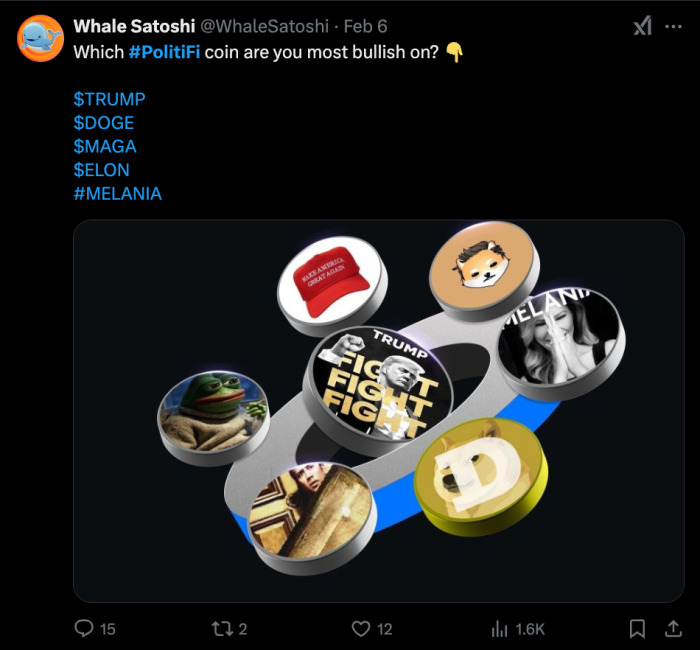

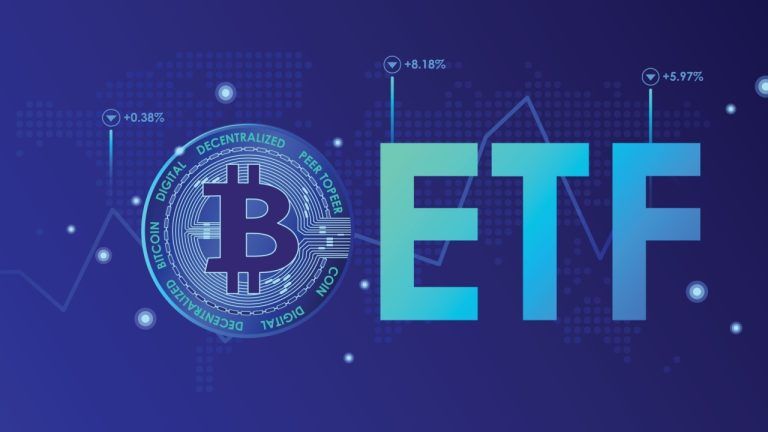


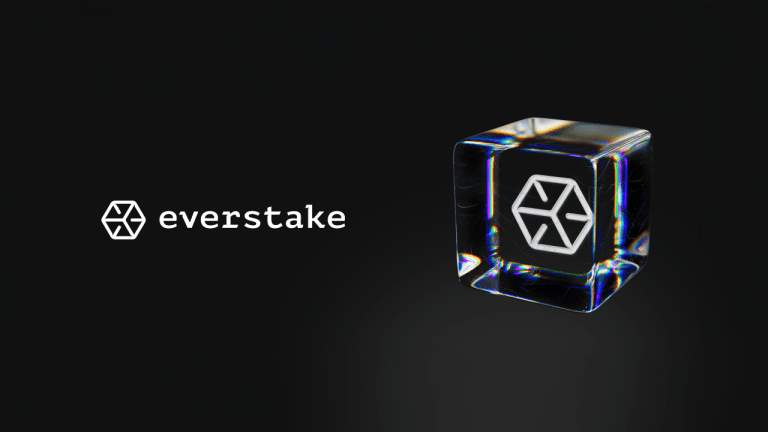


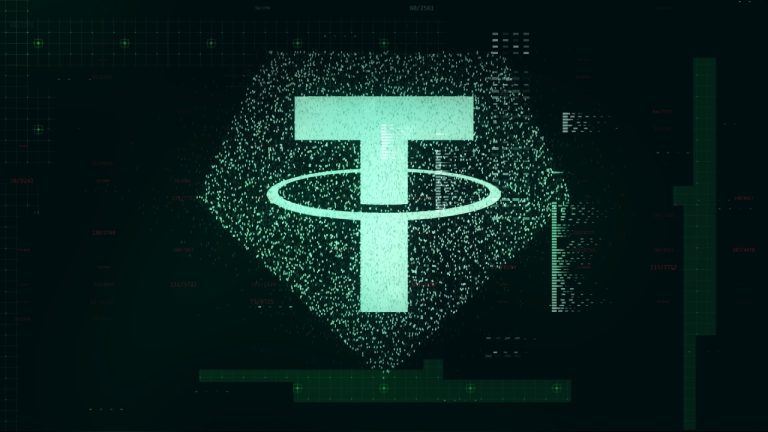





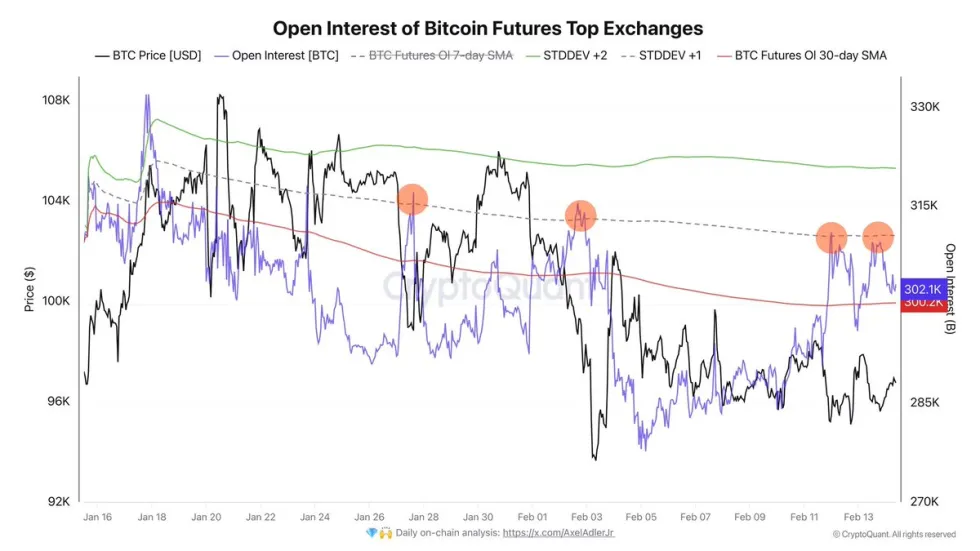

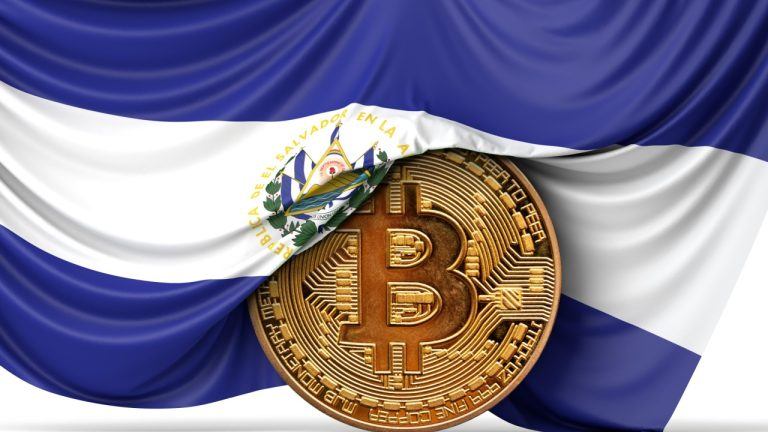



Comments